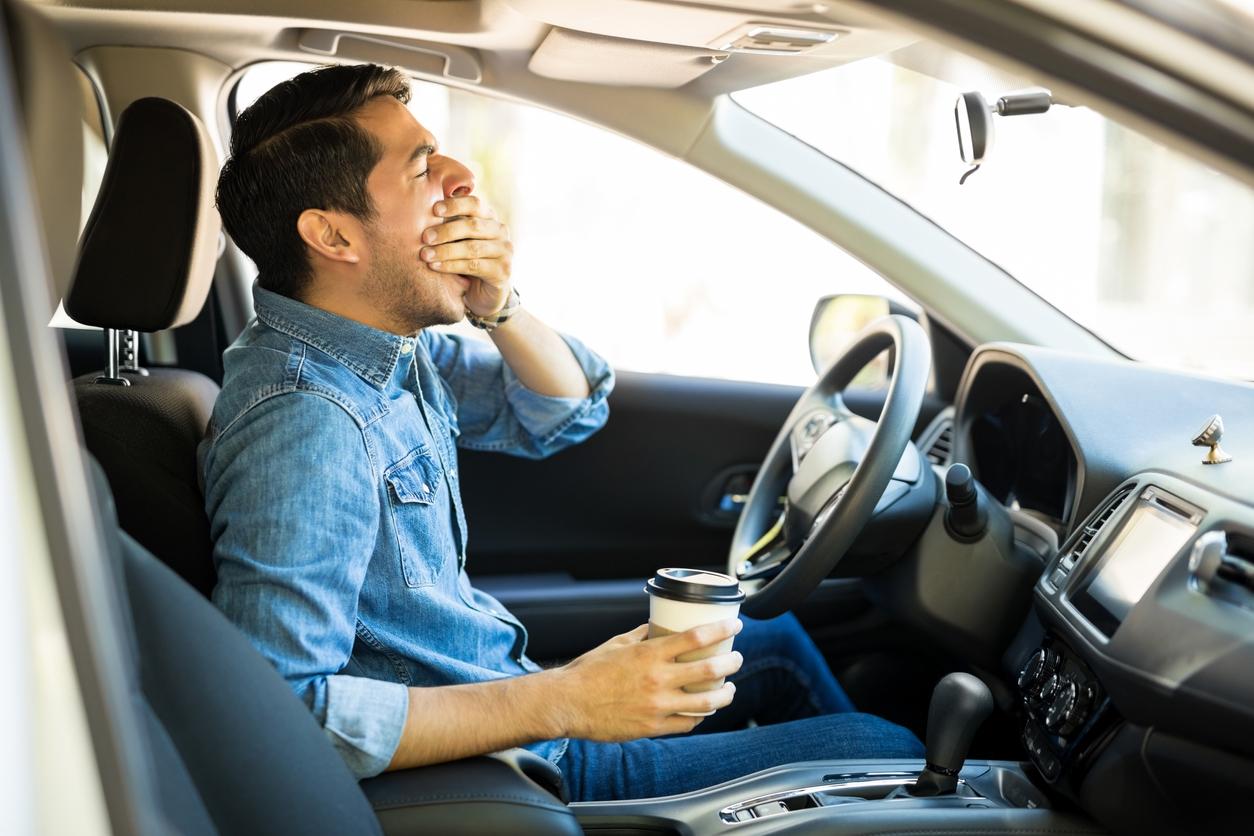Car accidents linked to inattention have been on the rise since 2011. Electronic equipment, telephone, GPS, are involved.

The safety of conceded highways (1) by the French State is improving. The 2015 results of the ASFA report (2) in this area are part of the trend of reduction in the number of fatal accidents recorded since 2002.
During this period, the number of deaths was halved, even though the number of kilometers traveled increased by 37%. A positive assessment but which also hides gray areas.
These professionals highlight 4 accident factors resulting from poor driver behavior.
Results to think about on the eve of a weekend of departure on vacation that Bison Futé announces red.
The most striking concerns accidents linked to inattention, which increased by 17% between 2011 and 2015. It seriously endangers the safety of personnel in intervention, with another 19 injured and 119 accidents in 2015. For this reason, ASFA and the motorway companies are already indicating that they “ will intensify their prevention messages on the dangers of using electronic equipment (telephone, GPS, etc.) while driving, including during business trips ”.
Inattention therefore wreaks havoc, but also unconsciousness. In 2015, the use of alcohol, drugs and medication was involved in 25% of fatal accidents. Half of these accidents are the work of drivers under 35. “This is a worrying increase in this factor, which has been relatively stable since 2006”, deplore the authors of the study.
Drowsiness more deadly than speed
Not necessarily linked to drugs or alcohol, drowsiness at the wheel also remains a major cause of fatal accidents (24% in 2015). A dark figure to put into perspective because there is better in this area. AFSA writes that “the campaigns against drowsiness at the wheel carried out since 2006 have shown their effectiveness (-42% of accidents)”. “The motorway companies and ASFA will continue their efforts, relentlessly, to fight against this factor of accidents of which they have helped to reveal the importance”, she adds.
Finally, excessive speed was still involved in 15.5% of fatal accidents in 2015. But this type of accident has halved over the past fifteen years, when the automated sanction control was put in place. However, the speed barometers and observatories in the sector (ASFA, Sanef, Fondation VINCI Autoroutes) all note a slight increase in average speed. “ASFA will continue its action on the importance of respecting the speed limits and adapting your driving to the state of the traffic”, the study concludes.
The robot portrait of the road accident
The more in-depth analysis of fatal road accidents over the past 5 years (2011-2015) is final. It shows that the fatal accidents that occur on concession motorways mainly involve light vehicles (70%), against 25% of heavy vehicles and 5% of two-wheeled vehicles.
The majority of these accidents (68%) occur during the day (6 a.m. to 10 p.m.). However, 32% of fatal accidents take place at night (10 p.m. to 6 a.m.), even though this period only concentrates 10% of motorway traffic.
Finally, for those who do not frighten these figures, theTo Road safety recurrence to encourage vigilance. In the first days of the big summer departures, she set off again in the countryside to show all the absurdity of speeding. With the broadcast of a new clip telly (see video below).
Source: YouTube video
(1) The conceded motorways belong to the State which entrusts, for a fixed period, the financing, construction, maintenance and operation to motorway concession companies in return for the collection of a toll.
(2) The Association of French Motorway Companies
.

















